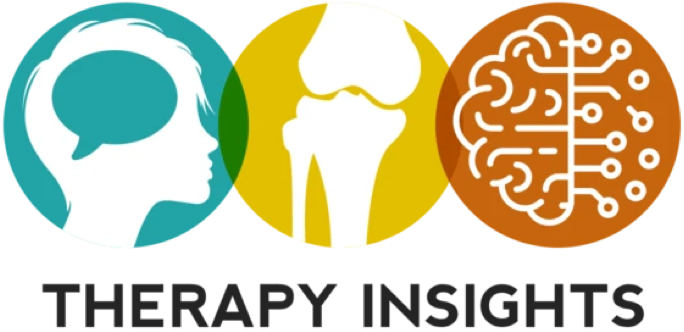Sensory Interventions on Motor Function, Activities of Daily Living, and Spasticity of the Upper Limb in People with Stroke: A Randomized Clinical Trial (2020)
January 17, 2022 by Megan Berg.
Participants consisted of people with chronic stroke (>6 months post-stroke) aged 50 years or older. Both interventions lasted for 6 weeks with four 45-minute sessions each week. Participants in the control group received conventional OT interventions (e.g., exercises for upper extremity range of motion and strength and fine motor coordination activities). The intervention group (sensory […]
